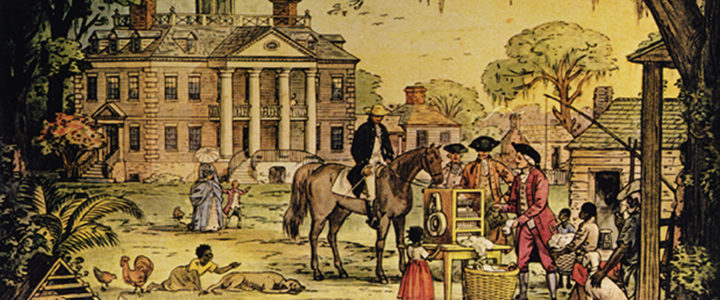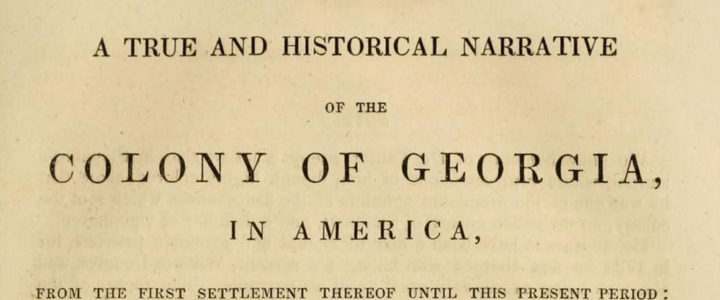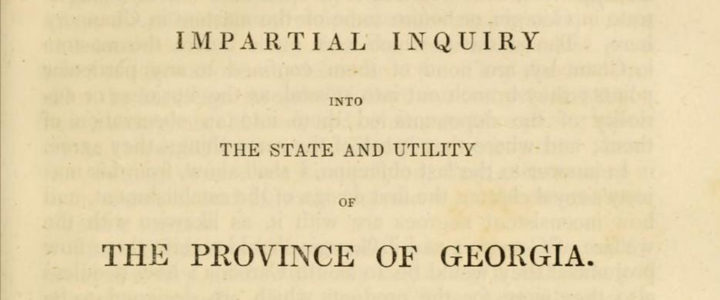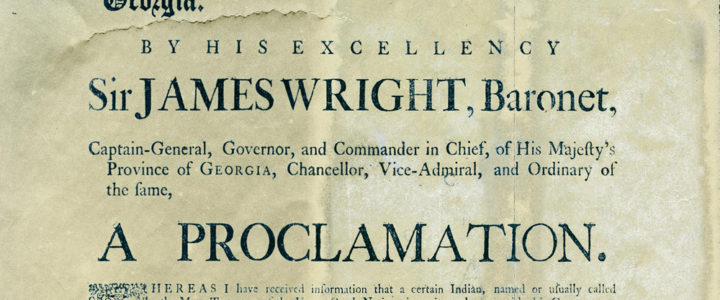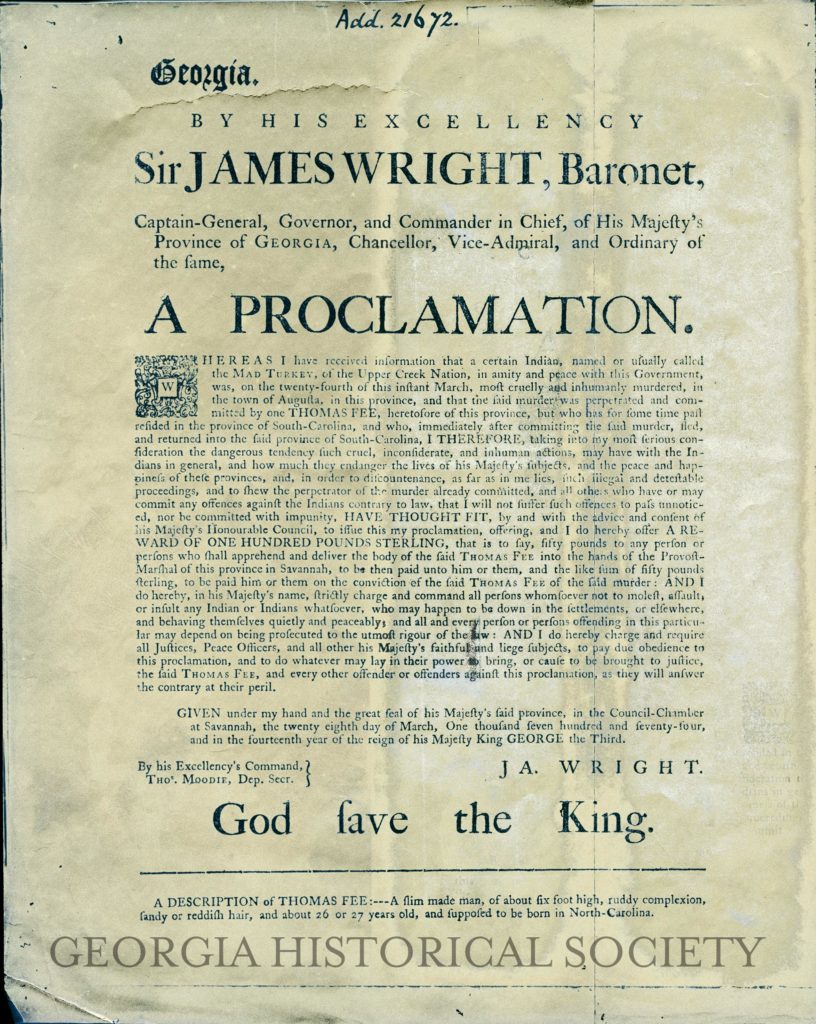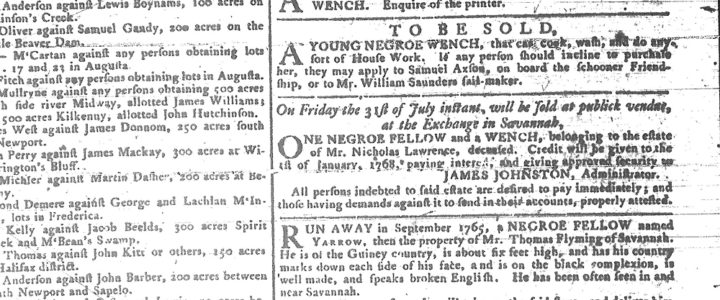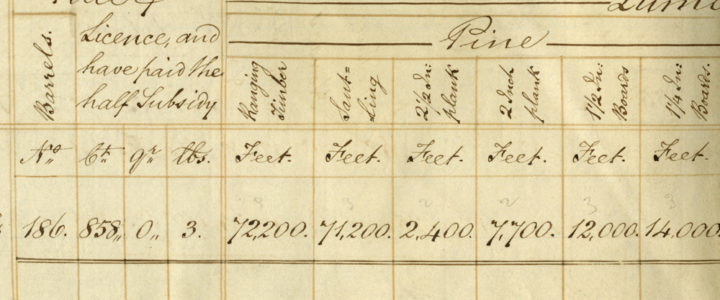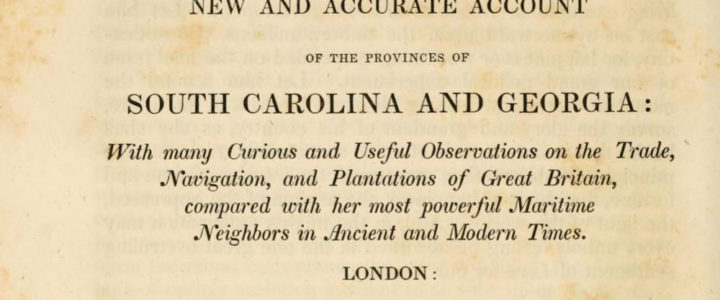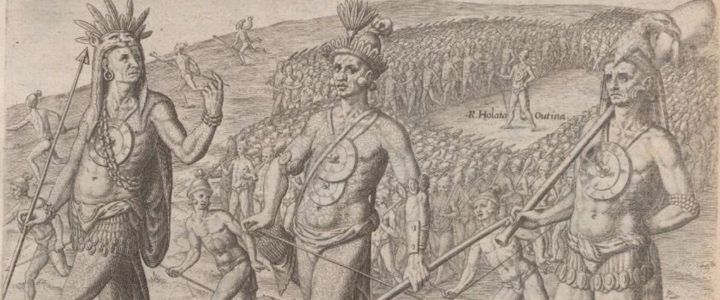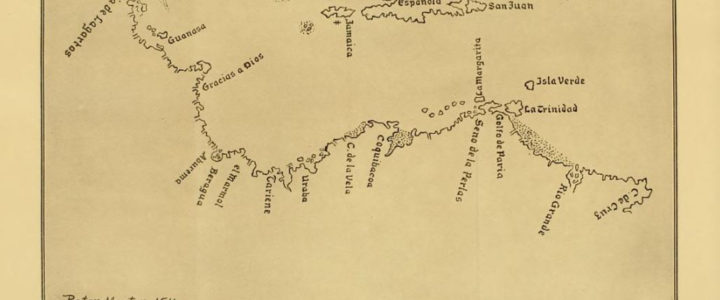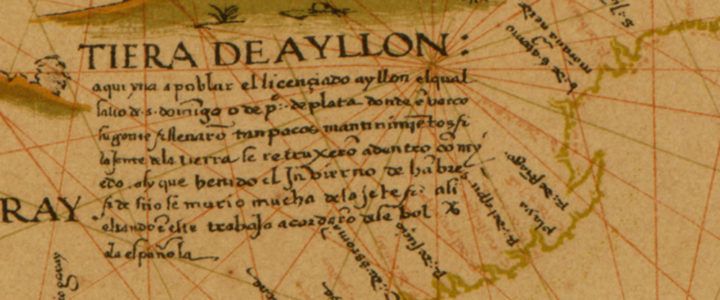An unknown artist created this print of Mulberry Grove plantation, 1794. Although the artist and exact date of this work’s creation is unknown, it is clear that the artist wanted to depict Mulberry Grove’s connection to the cotton gin. While staying at Mulberry Grove Plantation, Eli Whitney perfected the design for his cotton gin. This one invention had a dramatic impact on the expansion cotton production and slavery into Georgia.

View a description of this item in the GHS digital image catalog.

